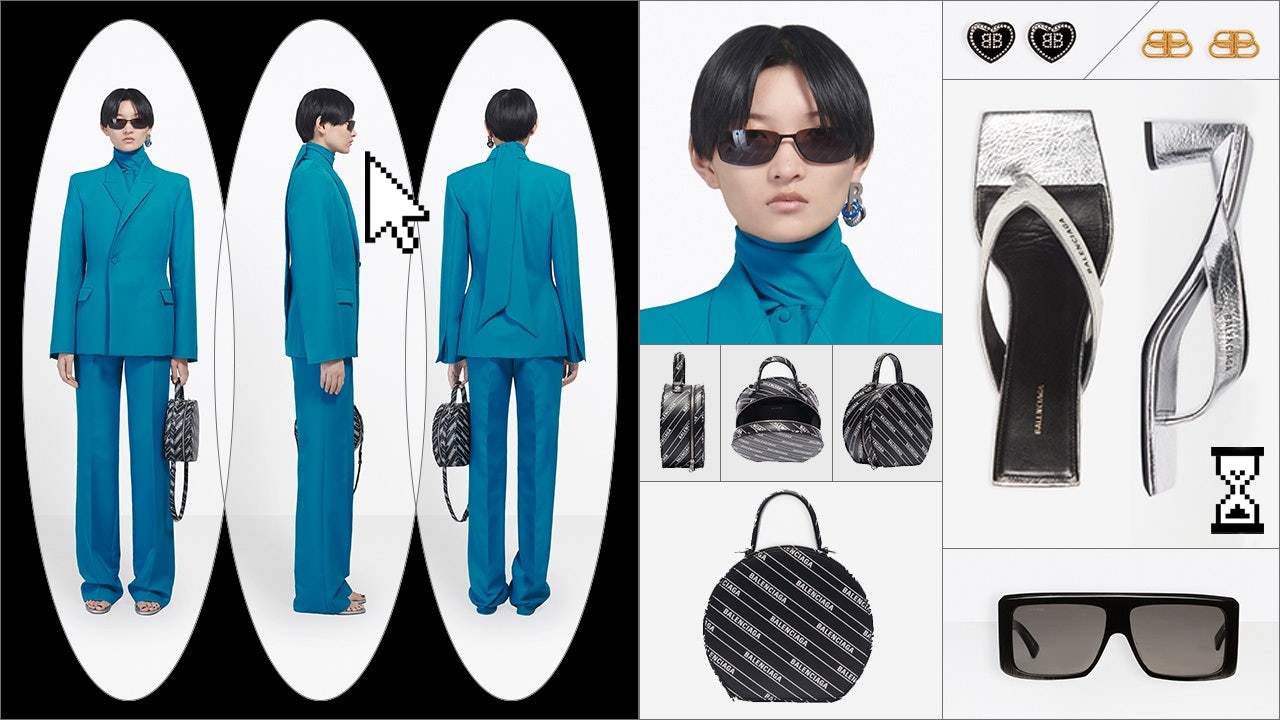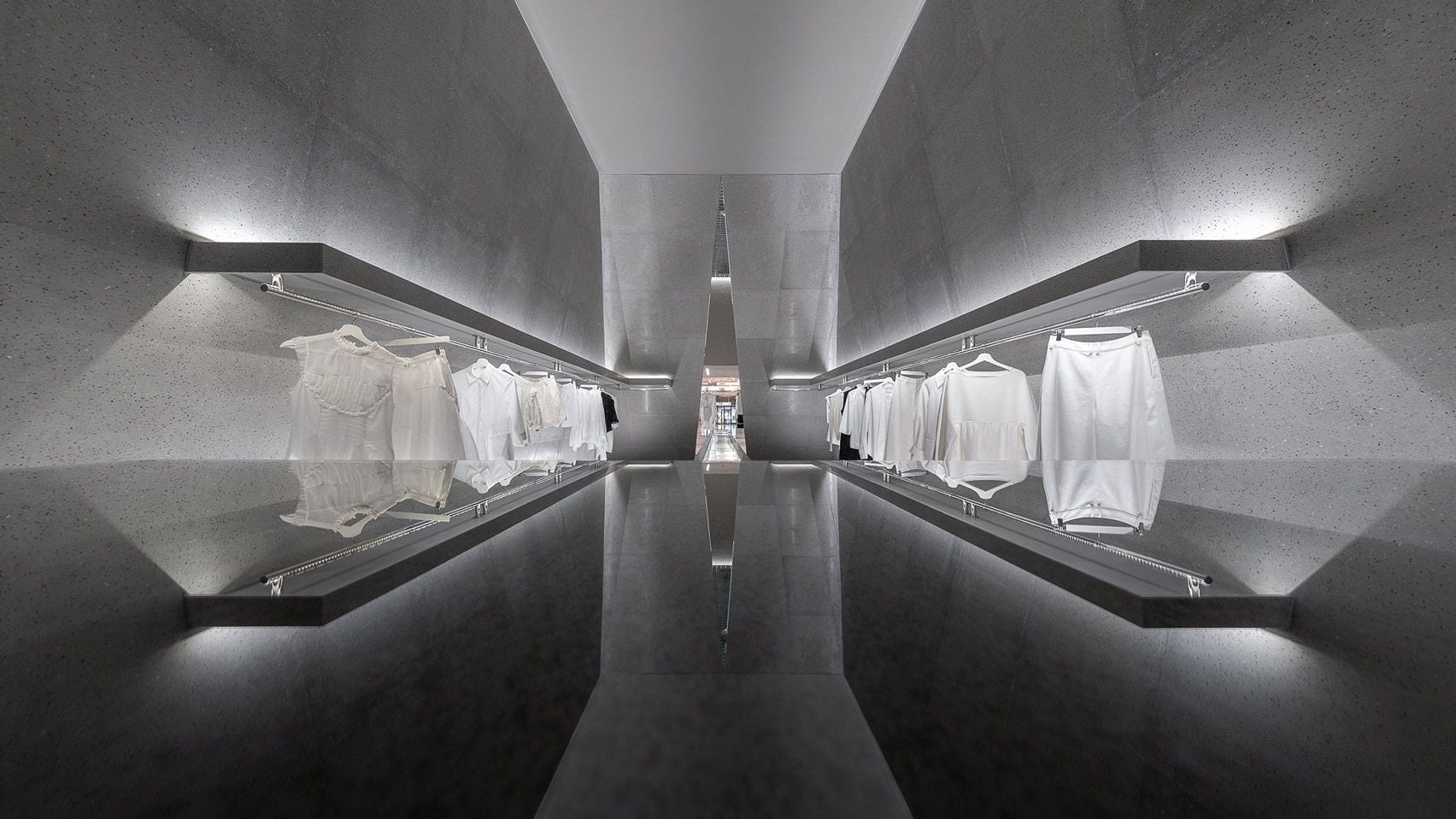Before the holiday season, marketers develop a strategy that will boost engagement and increase sales, revenues, and profits. But some marketing professionals still use a “one-size fits all” strategy — a trend that is outmoded in the digital age. Given that businesses need to focus on both online and offline sales these days, it has become increasingly difficult to identify which area is more competitive. In recent years, retail analysts promoted an Armageddon scenario which saw e-commerce completely eradicating physical retail, and the smashing success of e-commerce platforms during shopping festivals like Cyber Monday and Alibaba’s 11.11 makes this concept feasible.
According to Fast Company, technology is changing the face of retail. But until recently, the luxury world was slow at implementing technological innovation. China has been the exception thanks to its “new retail” model which is “powered by the use of analytics, new supply chain strategies, and technological innovation.” In China, smart retailers facilitate a seamless shopping experience in which both digital and offline touchpoints are perfectly integrated. Groundbreaking e-commerce platforms like Moda Operandi use pop-up retail, trunk shows, and brick-and-mortar stores as showrooms.
“Bricks and mortar is still the preferred channel for today’s luxury consumer, with just under 94 percent of all global luxury sales still taking place in-store,” says Fflur Roberts, Head of Global Luxury Goods Research in Euromonitor. Nevertheless, Roberts highlights that “the Internet has been transformative, not only in the way luxury consumers interact but also in the way the industry operates.”
At the same time, nothing can stop the growth of online sales. While in the U.S., “e-commerce represented 14.3 percent of total retail sales in 2018,” in China, online retail sales “grew nearly 24 percent in 2018,” amounting to roughly 1.33 trillion or 18.4 percent of all retail sales of physical consumer goods. E-commerce might have momentum, but that doesn’t mean that physical retail is dead, and retailers might want to revisit certain aspects of it in their strategy if they want to win over customers.
Now let’s analyze the retail trends shaping holiday shopping in China, so brands can overcome turbulence and draw customers to their stores:
Digital rules supreme#
According to Rocket Space, “China is setting the pace for retail digitalization.” From “integral mobile apps” like Weixin to innovative technological applications like AR, AI, or facial recognition technology, China is leading the way in new retail tech. China’s new offline models even help boost online sales via store prototypes that are convenient yet original, engaging, and interactive.
International brands that take full advantage of China’s online marketplace and leverage the power of Chinese platforms will find success during the holiday season. China Luxury Daily highlights one example of this, explaining how several Western luxury brands developed their partnerships with WeChat by launching short video Mini Programs and livestreaming sessions. According to Rocket Space, “Burberry had fans’ hearts racing with its 24-hour flash sale on WeChat.” It’s worth mentioning that in less than 24 hours, Burberry sold nearly half of the products.
The rise of the physical store model 2.0#
According to Daxue Consulting, "despite the e-commerce boom and the vast proliferation of online shopping, store-based retail still dominates the luxury goods market in China.” Indeed, disruptive digital platforms continue to grow but there’s no end in sight for physical retail. Smart retailers are even reinventing the boring old mall. “Retailtainment” is bringing experiential marketing to the forefront, and some innovative luxury brands have followed in Alibaba’s footsteps by promoting technologies that enhance sensory experiences. Physical retailers who continue to pursue innovative solutions like these should expect a strong holiday season.
Focus on the omnichannel consumer#
Chinese consumers research or buy products online just to buy them or pick them up in physical stores. In other words, brands need to let consumers know that they are “in control of their experience” no matter where it takes place. This means that retailers need to endorse the customer’s journey by understanding their preferences, shopping behaviors, and experiences across all channels. All in all, merchants should invest in strategies that enhance instant services (same-day delivery, self-checkout kiosks), click-and-collect shopping, and VR/AR technologies. Sephora’s “connected stores,” which boast in-store tablets and selfie mirrors, is the perfect example of this direction.
Learn to expect the unexpected#
Regardless of the benefits of customer behavior data and content analytics, it’s still not possible to fully assess all consumer behaviors. Since each buyer has their own experiences, requirements, and expectations, retailers shouldn’t solely rely on data when analyzing future trends. The most successful retailers learn to expect the unexpected.
For instance, data can show a clear sales pattern to a company, but if severe weather hits, retail sales could crash unexpectedly. “Bad winter weather is hardly a good thing for retail in general,” says Brad Tuttle from Money. In a 2015 interview with the Boston Herald, Jon Hurst, president of the Retailers Association of Massachusetts, said that retailers in Massachusetts lost around 10 million each day they had to close for bad weather, or they had almost no business activity even if they managed to open. Yet online sales see a boost during periods of severe weather. In fact, a study by Rakuten that focused on the French cities of Paris, Lyon, and Marseille showed impressive sales and revenue growth during rainy days. According to Rakuten and WeatherAds, the “data illustrates that online traffic and conversions increase during periods of inclement weather — but that the extent by which they do so is dependent on location.”
In other words, brick-and-mortar stores should expect slower sales as consumers hide from the tempestuous weather, which is why it’s unsurprising that neither Cyber Monday nor Alibaba’s 11.11 take place during the summer months. And when temperatures drop, both in the U.S. and China, online spending hits new records. In the U.S. during Black Friday, “online spending hit a record of 5.4 billion, up 22.3 percent from a year ago,” while 2019’s 11.11 broke all records for Alibaba, scoring 38 billion in earnings.
In the end, neither online nor offline marketing can be recognized as a clear winner during the holiday season, but retailers who invest in e-commerce enhancements and promote a prototype similar to Jack Ma’s “new retail” model will reap rewards. In other words, success stories are recorded both online and offline, but innovation remains the ultimate requirement.

